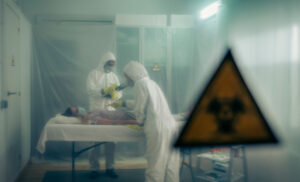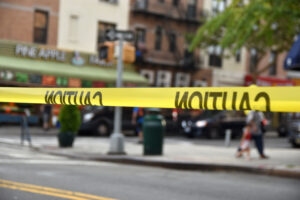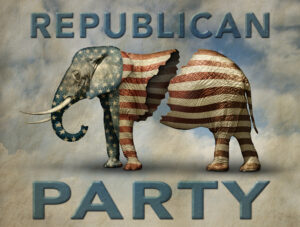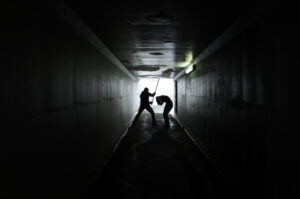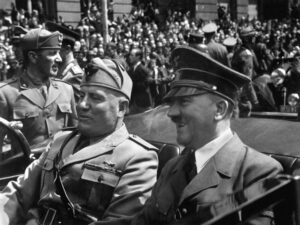During World War I the Sikh battalions indentured into the British Army won universal respect for their incredible bravery. At the end of the war they returned home to the Punjab to find themselves no longer respected as equal ‘comrades in arms’ but treated as subservient ‘natives’ by the British military administration.
Inevitably the nationalist unrest that had already been stewing boiled over. The government rushed through an anti-terrorist law in 1919 empowering it to imprison suspects without trial and when a huge crowd gathered in Amritsar to demand the release of two activists, troops opened fire. The subsequent rioting resulted in fatalities on both sides. Brigadier Reginald Dyer arrived to restore order and the Lieutenant Governor of the Punjab, Sir Michael O’Dwyer, announced stringent restrictions on freedom of assembly.
The thousands of Sikhs who travelled to Amritsar from all over India to celebrate the New Year festival of Baisakhi knew nothing of the new emergency laws in the Punjab. They had simply come to worship at their holiest shrine, the Golden Temple – as they did every year. They joined the throng in Jallianwala Bagh, a small high-walled park near the Golden Temple where a peaceful political protest was being held in defiance of the government crack-down.
Dyer (who afterwards claimed he had been ‘confronted by a revolutionary army’) positioned armored cars and machine guns at the main gate, blocking the exit. Without warning he suddenly ordered his men to shoot at the closely confined, penned-in crowd. Machine guns blazed until the ammunition ran out – after ten minutes the park was piled with bodies. Some were shot in the back as they fled, some were trampled in the chaos, some jumped into a well to avoid the bullets.
This unprovoked act of carnage was condemned worldwide, ultimately furthering the cause of Indian nationalism.
When: October 13 1919
Where: Amritsar, Punjab, India
Death toll: According to the official British record 379 were killed and 1,100 injured.
You should know: Brigadier Dyer admitted to a court of enquiry that he hadn’t attempted to disperse the crowd because he didn’t want to risk losing face, in 1940 Lieutenant Governor O’Dwyer was shot dead at Caxton Hall, London, by Udham Singh who, as a teenager, had witnessed the massacre and regarded O’Dwyer as the man crushing the spirit of India.









